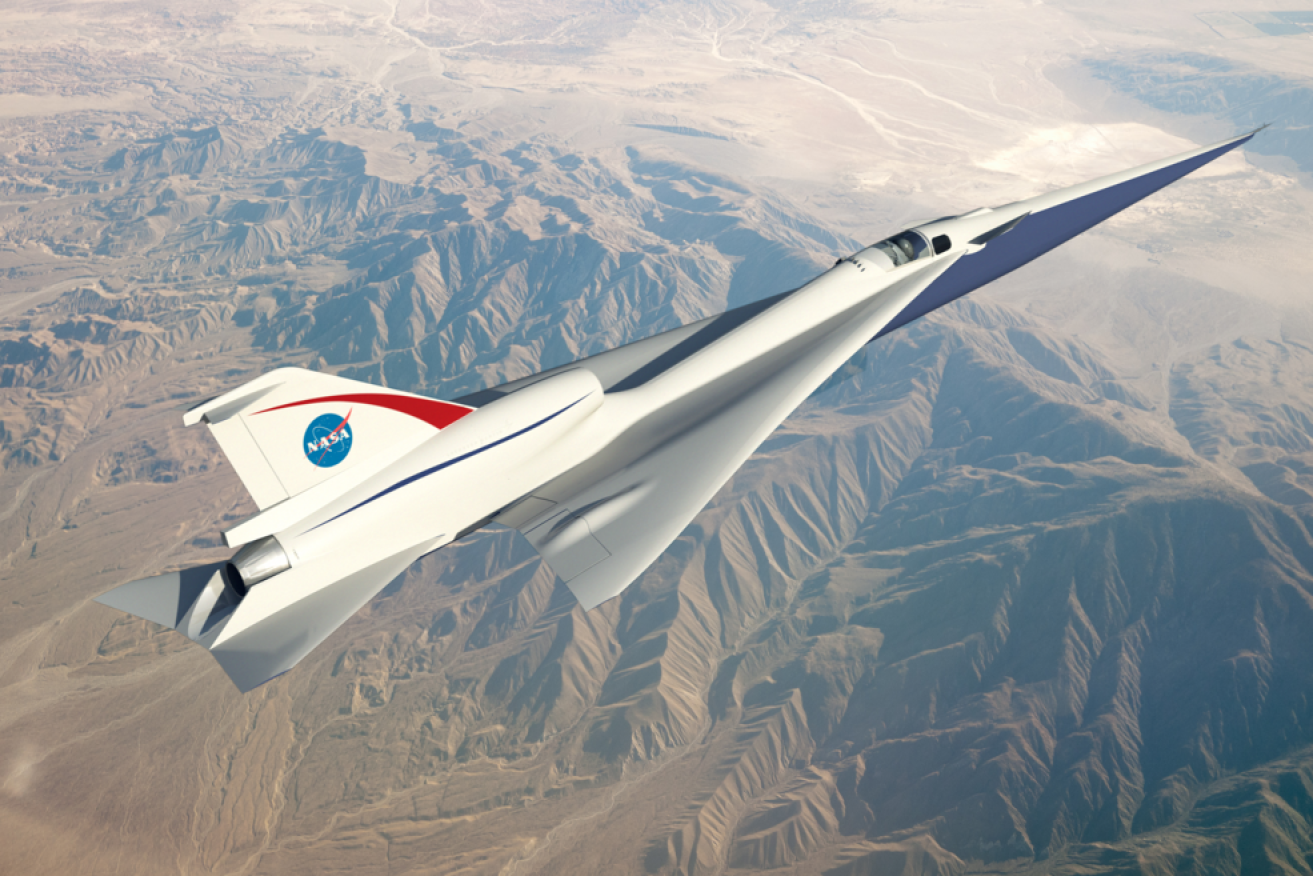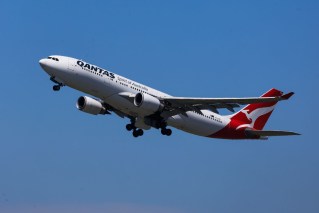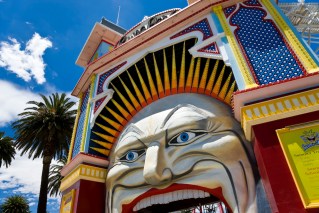The supersonic Concorde plane that could fly NY to London in just three hours

NASA's new experiment has been approved for funding by the Trump administration. Photo: NASA
An experimental supersonic jet that could fly from New York to London in just three hours, halving flight travel time, has been approved for full funding by the Trump administration.
The NASA creation – dubbed the Low-Boom Flight Demonstrator (LBFD) – is proposed to break the sound barrier with top speeds of 1728 km/h without creating the deafening sonic boom of previous aircraft.
The technology makes it a serious contender for commercial use but NASA’s budget constraints and cancellations halted the project.
However, the space agency will now receive full funding with the approval of US President Donald Trump’s proposed budget for the 2018-19 financial year. This awards NASA a $US19.9 billion ($25.3 billion) budget for next year – $US800 million ($1 billion) more than last year.
The project “would open a new market for US companies to build faster commercial airliners, creating jobs and cutting cross-country flight times in half,” according to the White House.
It will also increase funding for “research on flight at speeds more than five times the speed of sound, commonly referred to as hypersonics,” used for spacecrafts and national defence applications.
The New Daily understands that designers intend airfares to be priced comparably to current business-class tickets.
Flight times ‘halved’
Dr Chrystal Zhang, a senior lecturer at Swinburne University with a research interest in aviation strategy, said the introduction of such aircraft would halve flight times.
For example – New York to London in 3.5 hours, Sydney to Los Angeles in 7.5 hours and Tokyo to San Francisco is 5 hours, compared to current flight times of 8, 17 and 12 hours respectively.

“A shorter time in the air is attractive for both airlines and travellers,” Dr Zhang said.
“I do see a great potential for the Australian market, given that we have a golden Kangaroo Route between Australia and the UK and Europe, as well as Australia to the US and Asia.
“The aviation community is really excited about the return of the Concorde … and the general public is getting more excited because it reduces flight time and minimises the prospect of fatigue for both crews and passengers.”
She added that, like any new product to the market, it will be expensive to run early on, but costs would be expected to decrease over time, leading to reduced airfares.
An environmental step backwards?
But Dr Zhang said that in the past there have been environmental concerns around use of the aircraft including noise level and pollution, which had prevented its use for domestic flights in the US.
Sustainable tourism expert Susanne Becken of Griffith University echoed these concerns.
“Supersonic flights provide an opportunity for countries like Australia to overcome the ‘tyranny of distance’ and be connected much more quickly to major business centres of the world,” she said.
“But at a time where the world has committed to drastically reduce carbon emissions, and where the global aviation industry is working hard towards developing low carbon alternatives, this development is a big step backwards.
“Supersonic air travel trade time with fuel use, and whilst saving time might be a personal or commercial benefit for some, there is a considerable social cost, that I simply think we can’t afford.”
First test to run in 2021
With the new funding, NASA aims to solve the problem of sonic booms, which have ended previous experiments.
Supersonic flights, which NASA say create a sonic boom similar to a thunderstorm with its piercing 130-decibel crack, are outlawed in the US.
In June 2017, NASA announced its preliminary design, called the Quiet Supersonic Transport, which hopes to achieve a sonic boom 60 dBA lower than other supersonic aircrafts.
The Concorde operated in passenger service from 1976 to 2003 when it was retired due to low passenger numbers.
The plane has been touted as the “son of the Concorde”, named after the British-French supersonic passenger jet.
A NASA spokesperson previously said the space agency aims to create a boom “so quiet it will hardly be noticed by the public, if at all … like distant thunder [or] the sound of your neighbour forcefully shutting his car door outside while you are inside,” according to media reports.
NASA says, if all goes to plan, the jet will make its first test run in 2021.








